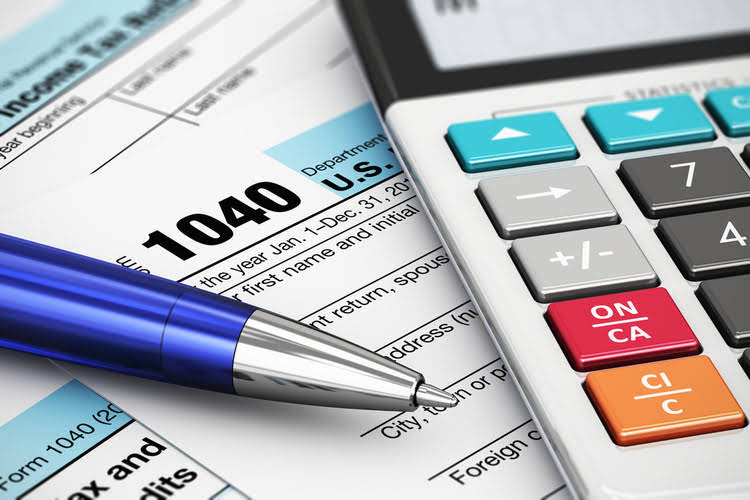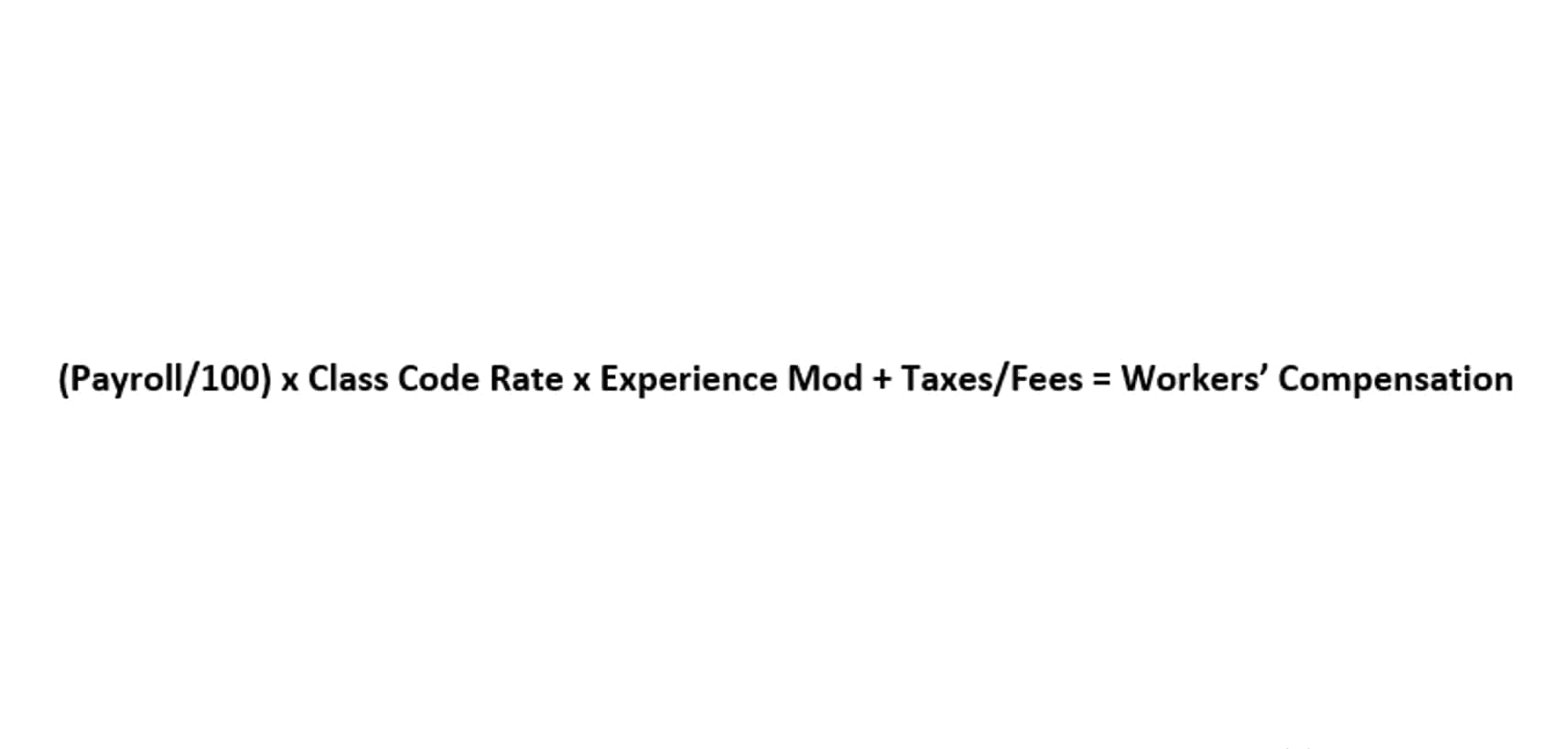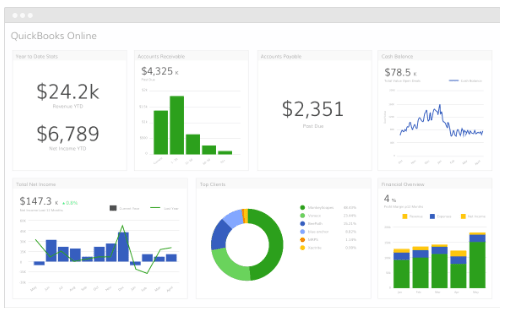
A trial balance is a non-mandatory accounting document that lists all the accounts in a company’s general ledger. To fathom this, it is important to look at how trial balance can support businesses trying to prioritize transparency. By creating a neutral and all-inclusive record of all trial balance definition in accounting their financial transactions, a trial balance affords businesses an unfiltered view of their operations. As such, they can track both their financial gains and their investments in sustainable endeavors. Furthermore, by guaranteeing the precision of such a detailed report, businesses can firmly assure that their sustainable activities are not just claims, but are actually being carried out.
- To avoid mathematical errors, it is important to double-check all calculations before finalizing the trial balance.
- After these errors are corrected, the TB is considered an adjusted trial balance.
- Preparing the trial balance is the initial works of the financial reporting process because these statements could assist the accountant in drafting the report easily and mathematically correct.
- Therefore, audits act as a safety net to prevent any significant financial reporting errors.
- It is important to note that the unadjusted and adjusted trial balance is not the financial statements.
Commonly Used Software for Trial Balance Preparation

It helps the business management to make necessary decisions regarding changes in the finances and business activities. So why take the risk of not preparing your financial statements accurately when you just need to follow a few simple steps using the trial balance method? Take a QuickBooks look at this article to get a comprehensive guide on trial balance, its importance, method of preparation and examples.
Verifying After Corrections
- Closing entries are made to transfer the balances of temporary accounts to the retained earnings account.
- While it may seem convenient to rely solely on these automated tools, it’s important to note that they are not entirely foolproof.
- At this point the trial balance is known as the adjusted trial balance and the financial statements are prepared.
- Once an adjusted trial balance is prepared, the company can prepare and issue financial statements and continue the process of closing its books at the end of the accounting cycle.
- This section will discuss the most common errors that can be encountered in a trial balance.
The trial balance groups together all the accounts of a company, following the order of the general chart of accounts (PCG), from class 1 to class 7. This accounting document, which takes the form of a table, serves as an overview of your business from an accounting and financial point of view. If the trial balance agrees we may reasonably assume that the books are correct.

Operating Income: Understanding its Significance in Business Finance
Depending on the kinds of business transactions that have occurred, accounts in the ledgers could have been debited or credited during a given accounting period before they are used in a trial balance worksheet. Furthermore, some accounts may have been used to record multiple business transactions. As a result, the ending balance of each ledger account as shown in the trial balance worksheet is the sum of all debits and credits that have been entered to that account based on all related business transactions. It is an internal report used to verify the accuracy of ledger accounts before preparing financial statements like the income statement and balance sheet. A working trial balance is a trial balance that is in the process of being adjusted.
How to Correct Discrepancies in the Trial Balance

This is important because it helps to identify errors in the accounting records. As per the accounting cycle, preparing a trial balance is the next step after posting and balancing ledger accounts. It is a statement of debit and credit balances that are extracted on a specific date. This trial balance has the final balances in all the accounts, and it is used to prepare the financial statements. The post-closing trial balance shows the balances after the closing entries have been completed. Its purpose is to summarize all account balances to be certain that total debits equal total credits after the entries have been journalized and posted.
- Auditors must have a thorough understanding of the trial balance and its role in the audit process.
- A trial balance is a list of all the accounts in the general ledger and their balances.
- And those transactions which do not have financial value whether those are important in business are not recorded in the accounting.
- If the total debits equal your total credits, your trial balance is properly balanced – which indicates your ledgers probably don’t contain errors.
- Instead, a person using a single entry system might compile entries on a spreadsheet, or even in a checkbook.
- Get enough training to handle relevant GAAP accounting principles correctly.
A balance sheet helps the user quickly get a handle on the Grocery Store Accounting financial strength and capabilities of the business along with its weaknesses. An accurate and well-maintained trial balance can help enhance a company’s corporate image. By prioritizing a clean and clear statement of accounts, a company can show commitment to responsible business practices, thereby driving CSR efforts.


Thereafter, a list of all the accounts is prepared in a separate sheet of paper with two “amount” columns on the right hand side. The total of debit side and credit side of each account is then placed on “debit amount” column and “credit amount” column respectively of the list. Finally the two columns are added separately to see whether they agree of not. After completing the trial balance, you can use it to prepare the financial statements because it shows all of the accounts with their balances. To sum up, the process of trial balance preparation can be as simple or as challenging as the accounting systems in use, the potential for human error, and the intricacies related to adjusting entries.